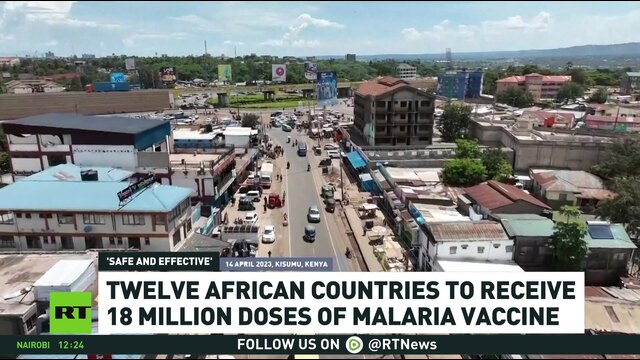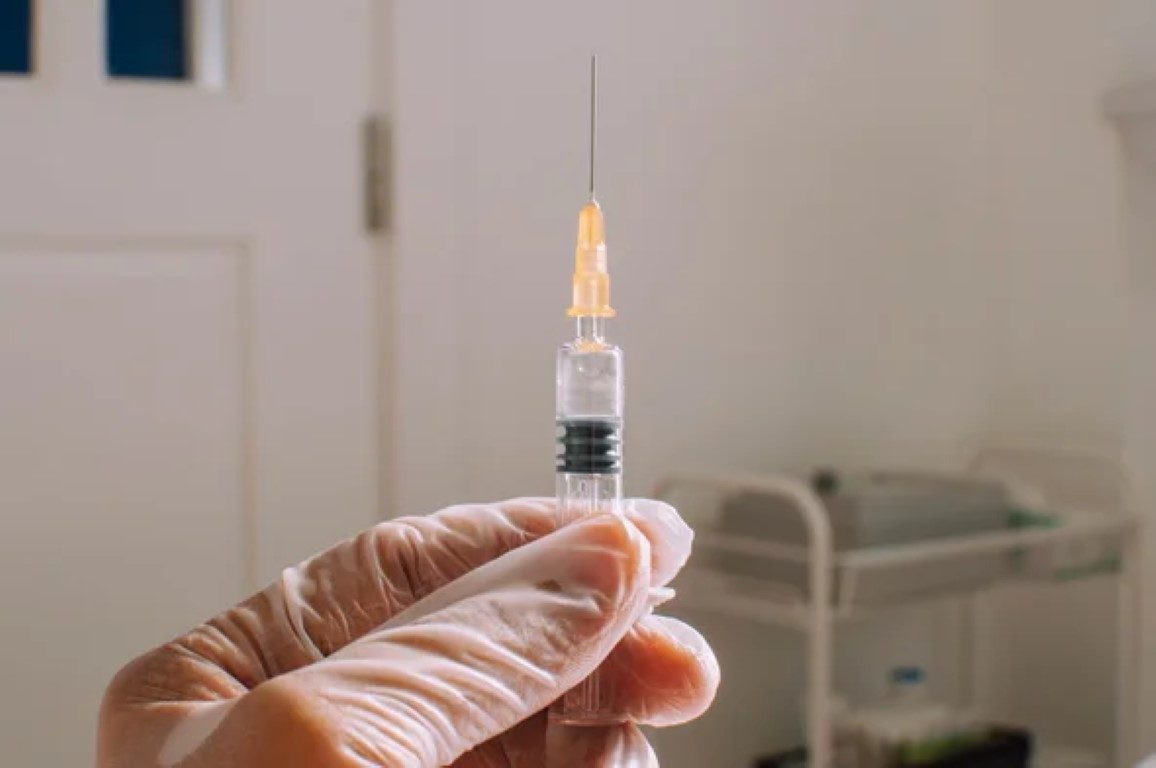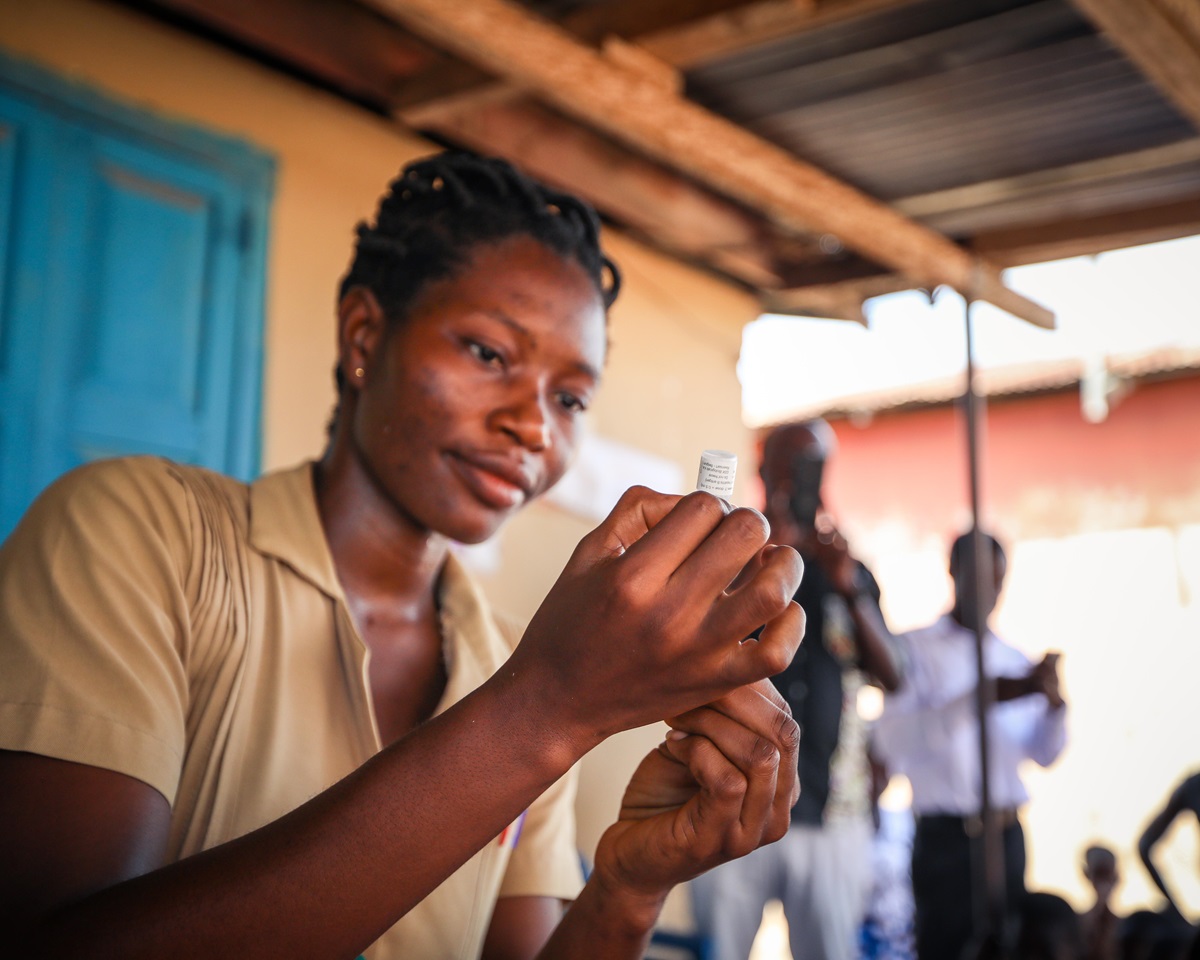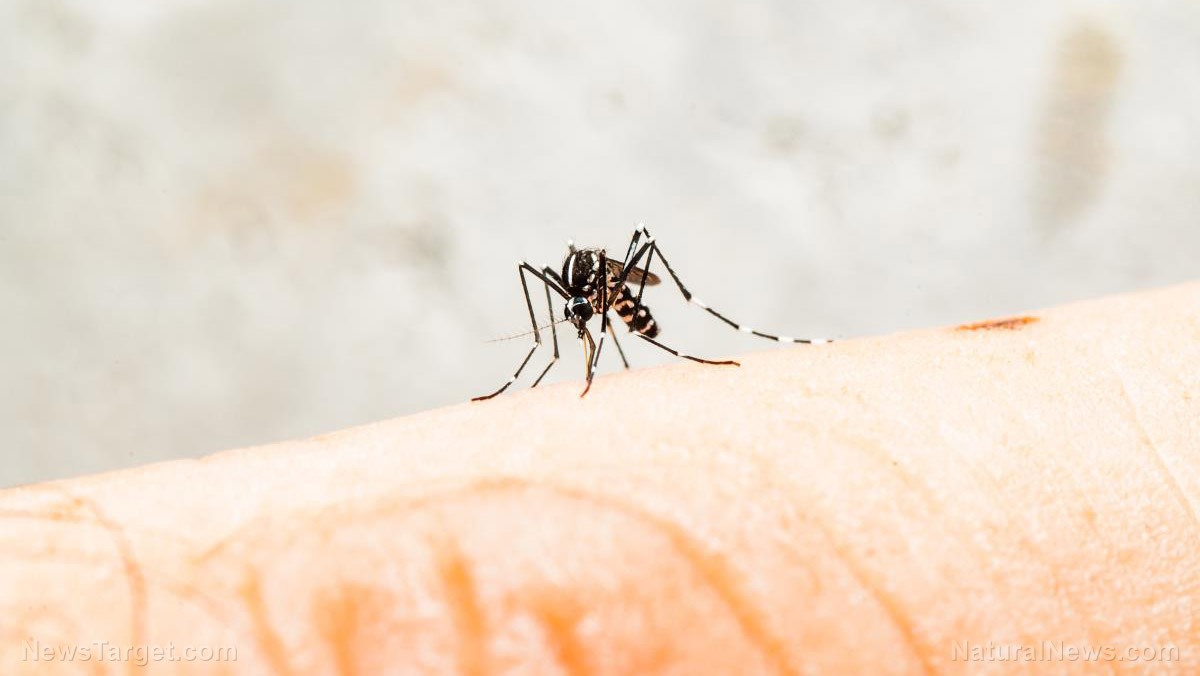RTS,S malaria vaccine - the first of it's kind
After the following news clip from RT:

 www.bitchute.com
Some highlights :
www.bitchute.com
Some highlights :
+ Director General of WHO claims that is "Safe and effective"
How they measure it ?
WHO website says:
- "The vaccine is estimated to save 1 life for every 200 children vaccinated" (link at the end of post);
- "Good safety profile" and they state "The vaccine’s safety has been demonstrated after more than 4.5 million vaccine doses have been given to nearly 1.5 million children." ( reminded of Covid style efficacy statements)
From reading the SOTT article (link at the end)
- "Comment: Note that these damning criticisms about the vaccine and this WHO-backed experiment are being made by researchers in the field, and it's likely they're risking their careers in doing so."
From Assessing the safety, impact and effectiveness of RTS,S/AS01E malaria vaccine following its introduction in three sub-Saharan African countries: methodological approaches and study set-up - Malaria Journal
- "Many low and lower-middle income countries where malaria is endemic have little or no data on background incidence rates of rare diseases such as those that may be reported as adverse events following immunization." (I understand: as long the data is not gathered, they can claim whatever they want)
+ "there is a special assignment process for the countries most in need"
( I interpreted this sentence: let's get rid first of the most undesirables -the poor, and then continue with the rest of targeted population)
IMO, the following are not selling points for the first malaria vaccine:
* Financing for the pilot programme has been mobilized through an unprecedented collaboration among three key global health funding bodies: Gavi, the Vaccine Alliance
* The Bill & Melinda Gates Foundation provided catalytic funding for late-stage development of RTS,S between 2001 and 2015.
* it's "free" - "GSK is donating the RTS,S/AS01E vaccine doses necessary to the MVIP (up to 10 million doses)"

 www.sott.net
www.sott.net

 www.who.int
www.who.int
After the following news clip from RT:

12 African countries to receive first-ever malaria vaccine
The world’s first malaria vaccine will soon be rolled out in Africa, with 12 countries across the continent expected to receive 18 million doses over the next two years, according to WHO Read more: https://on.rt.com/cezk --------------------------…
+ Director General of WHO claims that is "Safe and effective"
How they measure it ?
WHO website says:
- "The vaccine is estimated to save 1 life for every 200 children vaccinated" (link at the end of post);
- "Good safety profile" and they state "The vaccine’s safety has been demonstrated after more than 4.5 million vaccine doses have been given to nearly 1.5 million children." ( reminded of Covid style efficacy statements)
From reading the SOTT article (link at the end)
- "Comment: Note that these damning criticisms about the vaccine and this WHO-backed experiment are being made by researchers in the field, and it's likely they're risking their careers in doing so."
From Assessing the safety, impact and effectiveness of RTS,S/AS01E malaria vaccine following its introduction in three sub-Saharan African countries: methodological approaches and study set-up - Malaria Journal
- "Many low and lower-middle income countries where malaria is endemic have little or no data on background incidence rates of rare diseases such as those that may be reported as adverse events following immunization." (I understand: as long the data is not gathered, they can claim whatever they want)
+ "there is a special assignment process for the countries most in need"
( I interpreted this sentence: let's get rid first of the most undesirables -the poor, and then continue with the rest of targeted population)
IMO, the following are not selling points for the first malaria vaccine:
* Financing for the pilot programme has been mobilized through an unprecedented collaboration among three key global health funding bodies: Gavi, the Vaccine Alliance
* The Bill & Melinda Gates Foundation provided catalytic funding for late-stage development of RTS,S between 2001 and 2015.
* it's "free" - "GSK is donating the RTS,S/AS01E vaccine doses necessary to the MVIP (up to 10 million doses)"

Alarming safety, ethical, and efficacy concerns surround WHO authorization of first malaria vaccine RTS,S -- Sott.net
Plasmodium parasites are as stealthy as pathogens come. The malaria-causing single-celled organisms have been adapting to the human lineage for longer than our species has existed, giving them millions of years of training in evading our immune...

18 million doses of first-ever malaria vaccine allocated to 12 African countries for 2023–2025: Gavi, WHO and UNICEF
In response to high demand for the first-ever malaria vaccine, 12 countries in Africa will be allocated a total of 18 million doses of RTS,S/AS01 for the 2023–2025 periodMalaria Vaccine Implementation Programme countries Ghana, Kenya and Malawi will receive doses to continue vaccinations in...



